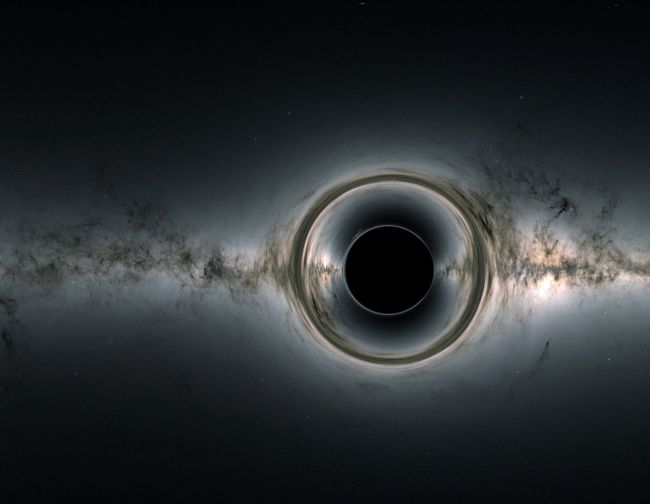
They quickly realized that they could get a first, clean picture from M87. The data set is likely to be the largest ever collected by a science experiment, and it took two years of work to produce the pictures.Īfter combining the observatories’ data, the team started analysis in mid-2018.


They mustered enough resolution to capture the distant objects by linking up eight radio observatories across the globe - from Hawaii to the South Pole - and each collected more data than the Large Hadron Collider does in a year (see ‘Global effort’). The team observed two supermassive black holes - M87’s and Sagittarius A*, the void at the Milky Way’s centre - over five nights in April 2017. How scientists reacted to the first-ever image of a black hole The images provide “clear evidence” of a ‘photon ring’ around a black hole, she says. “I was so delighted,” says Andrea Ghez, an astronomer at the University of California, Los Angeles. “It is yet another confirmation of general relativity as the correct theory of strong gravity.” “When I was a student, I never dreamt that anything like this would be possible,” he says.

The image is a “tremendous accomplishment”, says astrophysicist Roger Blandford at Stanford University in California, who was not involved with the work. The findings were also published in a suite of papers 1, 2, 3, 4, 5 in Astrophysical Journal Letters on 10 April. The highly anticipated results, comparable to recognizing a doughnut on the Moon’s surface, were unveiled today by the Event Horizon Telescope (EHT) collaboration in seven simultaneous press conferences on four continents. They reveal, in greater detail than ever before, the event horizon - the surface beyond which gravity is so strong that nothing that crosses it, even light, can ever climb back out. The images - of a glowing, ring-like structure - show the supermassive black hole at the centre of the galaxy M87, which is around 16 megaparsecs (55 million light years) away and 6.5 billion times the mass of the Sun. The images were obtained by NASA's Chandra space telescope, sensitive to photons X, the Palomar Observatory at Caltech for infrared photons and the Very Large Array radio for those.The first image of a black hole: A three minute guide So, on the contrary, should be right inside a black hole growing! The finding is striking because, in such an explosion normally expect to find a neutron star while on the contrary the Chandra did not detect anything that might make you think of something like that. An explosion occurred in an unusual way, because this usually for stars with mass greater than 3 times that of the sun there is a symmetrical distribution of introns to point of origin. W49B, this is the name of the immense supernova distant from us soon, so to speak, 26 thousand light years. This sensational discovery, the team led by astrophysicist Laura Lopez, lead to the possibility of studying a black hole around the corner from us, allowing us to observe what was previously possible only speculate. ENG- Combining multiple images and measurements obtained in the X-band, infrared and radio, the Massachusetts Institute of Technology suggests an immense black hole a thousand years old in a beautiful supernova. Le immagini sono state ottenute tramite il telescopio spaziale Chandra della NASA, sensibile ai fotoni X, il Palomar Observatory del Caltech per i fotoni infrarossi e il Very Large Array per quelli radio. Dunque, al contrario, all'interno dovrebbe trovarsi proprio un buco nero in fase di crescita! La scoperta è sensazionale perchè, all'interno di tale esplosione solitamente ci si aspetta di trovare una stella di neutroni mentre al contrario il satellite Chandra non ha rilevato nulla che possa far pensare a qualcosa di simile. Una esplosione avvenuta in maniera anomala, questo perchè solitamente per stelle aventi massa superiore a 3 volte quella del sole si ha una distribuzione simmetrica introno al punto d'origine. W49B, questo è il nome della immensa supernova distante da noi appena, si fa per dire, 26 mila anni luce. Questa sensazionale scoperta, del team guidato dalla astrofisica Laura Lopez, porterebbe alla possibilità di studiare un black hole a due passi da noi, permettendoci di osservare ciò che prima era possibile solo ipotizzare. ITA- Combinando varie immagini e rilevazioni ottenute nelle bande dell'X, dell'infrarosso e del radio, il Massachusetts Institute of Technology ipotizza un immenso buco nero vecchio di mille anni all'interno di una splendida supernova.

(Immagine del Massachusetts Institute of Technology )


 0 kommentar(er)
0 kommentar(er)
